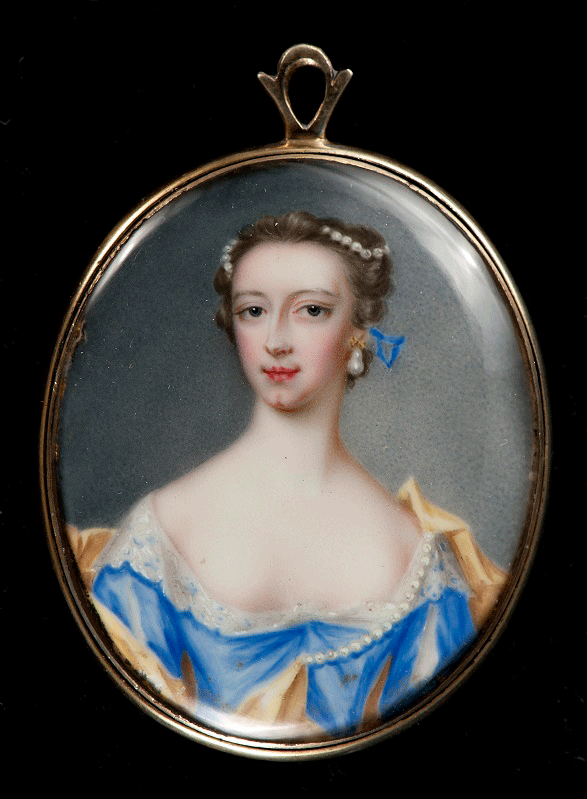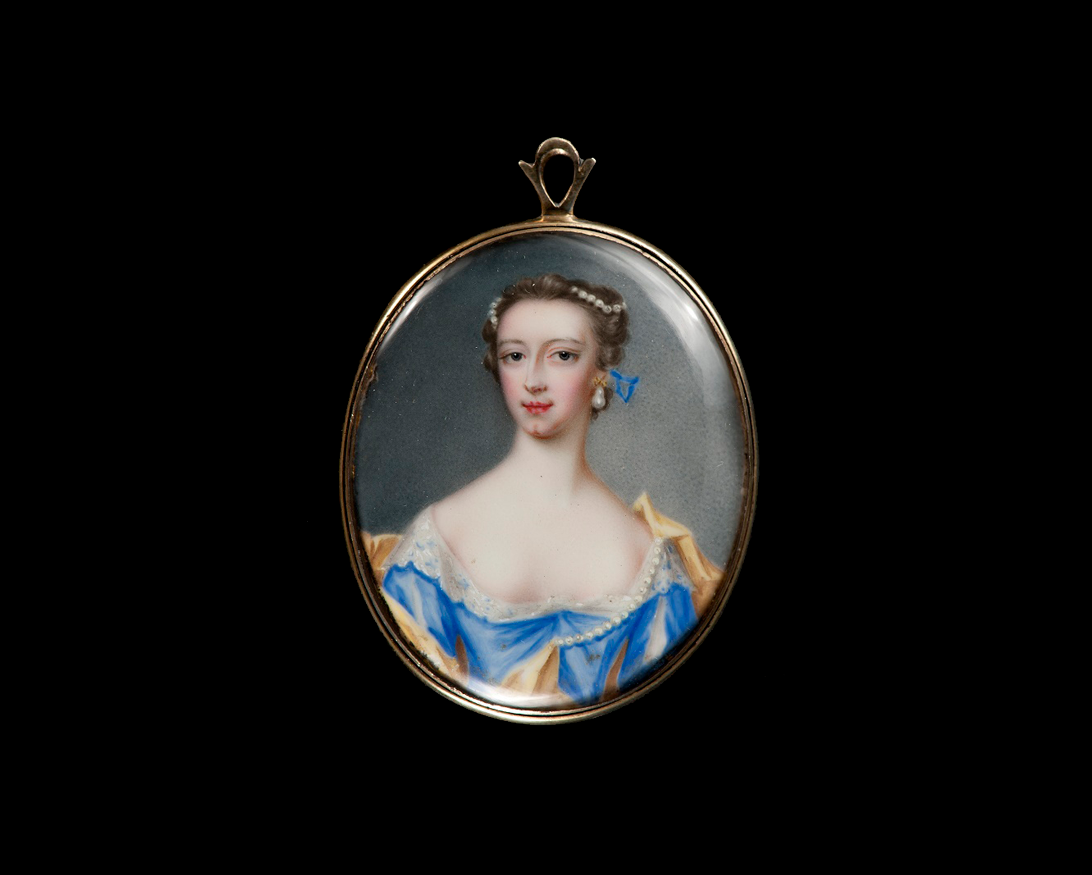STARTS
Sep 12, 2020
Ends
Mar 20, 2022
Free
Formed from Fire: Enamel Portrait Miniatures
Formed from Fire: Enamel Portrait Miniatures
Portrait miniatures are intimate tokens of love, loss, allegiance, and affection exchanged between friends. The earliest examples were painted in watercolor on vellum (animal skin). By the 1600s, new techniques of painting enamels facilitated an artist’s ability to paint delicate portraits resembling tiny oil paintings. They offered a robust alternative to watercolor on ivory or vellum because they do not fade.
Enamel miniatures are more costly than watercolor miniatures, due to their complex and risky creation process. An artist begins by applying the color with the highest firing temperature and then applies and fires subsequent layers. The intense firing process in a kiln ensures that the colors do not fade. Risks from firing include cracks and kiln dust, which appears as small black specks. Enamel miniatures were first fashionable in continental Europe, but were particularly in vogue in Britain from the 1720s to 1760s.
The Starr Collection of Miniatures in the Bloch Galleries
Presented to the Nelson-Atkins by Mr. and Mrs. John W. Starr in two major gifts from 1958 and 1965, and numerous additional gifts through the years, the Starr Collection of Miniatures illustrates the history of European portrait miniatures through more than 250 objects. The exhibition of portrait miniatures in Gallery P24 changes every twelve months to highlight the variety of the collection and to limit exposure of the light-sensitive pigments.
For groups interested in learning more about the artwork on view in this exhibition, please request a European Art Collection tour and request in the notes that the exhibition be included as part of the tour.

